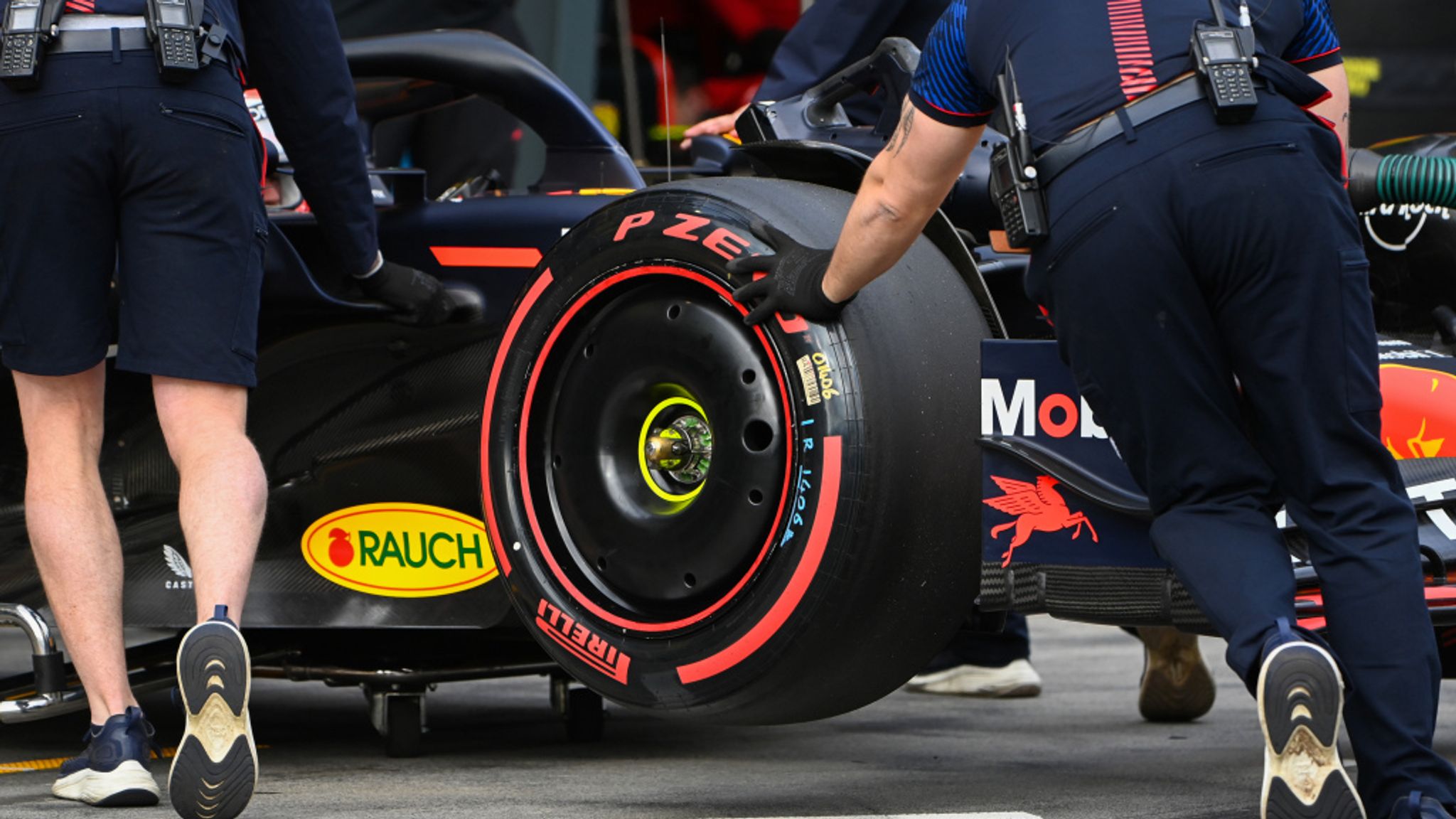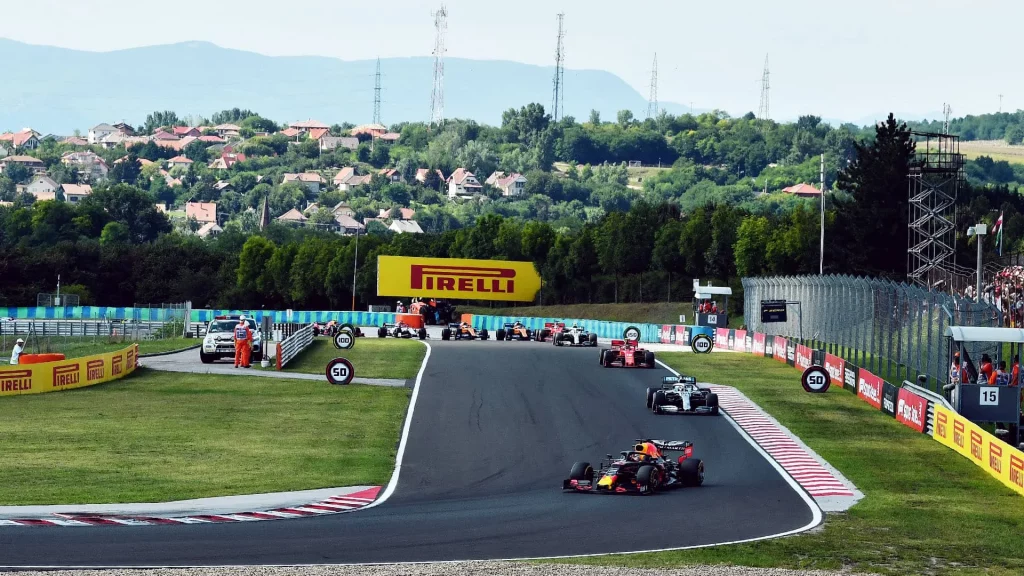Author: Barkha Roy
Formula 1 is set to revolutionize the qualifying format at the next Hungarian Grand Prix in collaboration with Pirelli, implementing a new set of rules with a focus on sustainability. Appropriately named “Alternative Tire Allocation” (ATA), the innovative approach will bring about significant changes in the tire compounds used during each grading segment, with the aim of reducing the environmental impact associated with tire production and transportation.
As part of the initiative, teams will witness a reduction in the total number of slick tire compounds available for the entire race weekend, dropping from 13 to 11 sets. These sets will be distributed among the teams, consisting of three hard tires, four medium tires and four soft tires, all of which will be used during different stages of qualifying.

In dry conditions, the teams will be subject to strict limitations on the compounds they can use during the three qualifying sessions. In the first segment, Q1, the teams must use hard compound tires. Then, in the second session, the medium compounds are mandatory, while the soft compounds are reserved for the final segment, the third session. However, in the event of a wet track, the teams will be free to choose the tire compounds of their choice.
The new qualifying format, initially planned for testing at the Emilia-Romagna Grand Prix in May, was unfortunately postponed due to severe flooding in the region, which led to the race being cancelled. However, the upcoming Hungarian Grand Prix at the iconic Hungaroring was chosen as the perfect venue to debut this environmentally conscious change in the world of Formula 1.

Pirelli’s motorsport director, Mario Isola, expressed his enthusiasm for the regulation, highlighting its positive impact on F1’s sustainability goals. He pointed out that using different tire compounds for each of the three qualifying sessions would lead to a reduction in the number of sets of dry track tires available to each driver throughout the event. Consequently, this reduction contributes directly to mitigating the environmental footprint generated by the production and transportation of tires, aligning perfectly with the sport’s commitment to sustainable practices.
The Hungarian Grand Prix will mark the first of two tests for the ATA. The second experiment will take place during the Italian Grand Prix at the legendary Monza circuit in September, ensuring extensive testing and evaluation of this new qualifying format.


